Have you ever found yourself excited about hitting the trails with your Polaris Ranger 570, only to be met with a hiccup or two? It’s not uncommon, considering even the stalwarts of the off-road world have their fair share of quirks. In this article, you’ll get the lowdown on some of the common Polaris Ranger 570 problems that owners face, from pesky starting troubles to the occasional electrical gremlin. We’ll explore these problems and give you practical tips on how to handle them, ensuring your ride stays as smooth as possible, and your adventures remain uninterrupted.
Engine Problems and Performance Issues
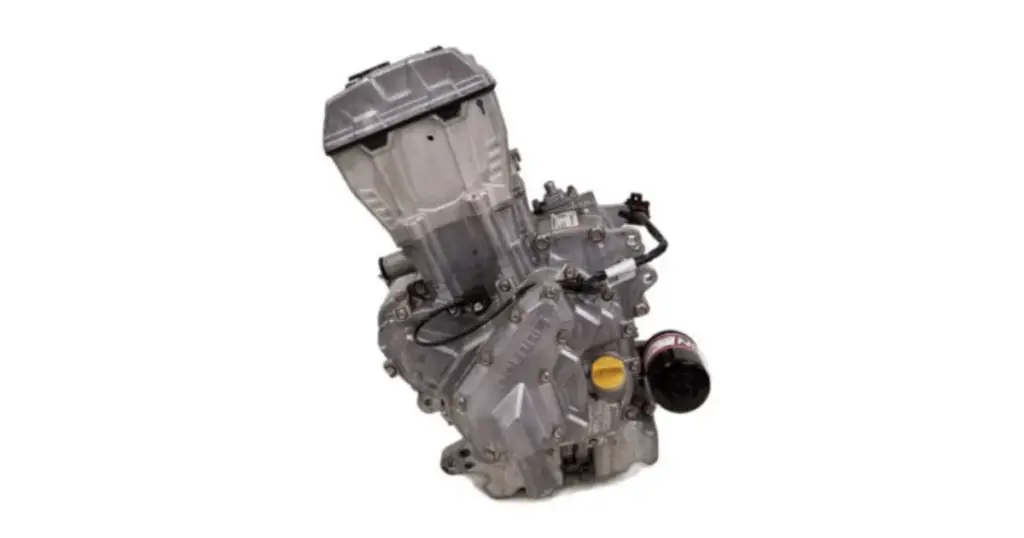
When you’re dealing with an off-road vehicle like the Polaris Ranger 570, engine performance is paramount to a good experience. This versatility is what you expect when investing in a robust utility vehicle. But sometimes things go awry, and you might face some challenges that need your attention.
Starting Difficulties
Have you ever turned the key, only to be greeted by a reluctant engine that refuses to fire up? Starting difficulties can be quite annoying, especially when you’re gearing up for a day of work or adventure. This could be due to a range of issues, including a weak battery, corroded connections, or even problems with the starter motor itself. Regular maintenance checks are your best bet to prevent these issues, so don’t skip on them!
Loss of Power or Stalling
Losing power mid-ride? Or perhaps the engine stalls when you least expect it? This can often be traced back to fuel or air delivery problems. The Ranger 570 might have a clogged air filter, a failing fuel pump, or even issues with a malfunctioning spark plug. It’s crucial to keep an eye on these components and ensure they are in tip-top condition to maintain that quintessential off-road power. Something like an air filter can be checked and replaced easily, so try to stay on top of it when possible.
Overheating Concerns
An overheating engine is like a ticking time bomb. It can cause considerable damage if not addressed promptly. Factors contributing to an overheating Polaris Ranger 570 could include a blocked radiator, depleted coolant levels, or even a broken water pump. Regular checks and timely replacements of the coolant can save you from the trouble of an overheated engine.
Unusual Noises from Engine
Are you hearing knocks, pings, a popping noise, or other strange noises coming from the engine bay? Unusual sounds are the telltale signs that something’s not right under the hood. It might be something as simple as loose parts or as serious as bearing failures. Staying alert to these auditory cues could be the difference between an easy fix and an expensive repair.
Engine Management Light Activation
When the engine management light illuminates on your dashboard, it’s like the vehicle is saying, “Hey, we need to talk.” This light indicates that the onboard computer has detected an issue. Don’t ignore this light; get the engine checked and the vehicle’s codes read to figure out what’s going on. It could be anything from a minor sensor failure to a significant issue that requires immediate attention.
But, I’ll ask an important question with these issues in mind: How does the 570 compare to the 500 variation of the Ranger?
Transmission and Drivetrain Complications
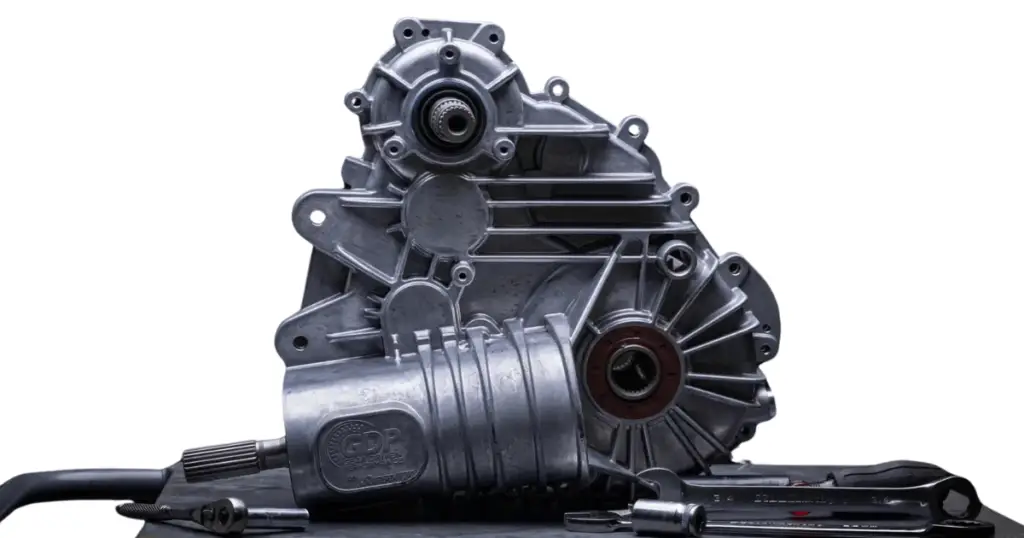
Your Polaris Ranger 570’s transmission and drivetrain are what deliver power to the trails. When they start acting up, it can severely hamper your vehicle’s performance and your fun.
Difficulty Shifting Gears
Have you experienced a stubborn gear lever that just won’t cooperate? Difficulty shifting gears is not just frustrating but can affect your control over the vehicle. A difficult gear shift could stem from a misalignment in the linkage or even transmission fluid issues. Keeping these components well-lubricated and adjusting them periodically can help smooth out your gear shifts.
Transmission Slippage
Transmission slippage feels as if you’re shifting gears without any actual change in speed or a delay in the vehicle’s response. This is not something to take lightly as it could indicate severe transmission wear, a clutch problem, or a need for a fluid change. It’s a problem that can escalate quickly, so addressing it early will save you a headache later.
Driveline Vibrations
If you feel your Ranger 570 vibrating excessively, especially under acceleration, it might be time to check the driveline. This could be a sign of worn U-joints or carrier bearings. Vibration is not just uncomfortable; it also signals that your vehicle’s performance is compromised.
Four-Wheel Drive Engagement Problems
Four-wheel drives are complex systems and, unfortunately, can encounter engagement problems. If your Ranger 570 is struggling to switch into or out of 4WD, this could point to an issue within the transfer case or with the electronic switches and actuators used to change drive modes. Timely intervention can prevent further drivetrain damage.
Wear and Tear on CV Joints and Boots
Your constant velocity (CV) joints and boots are critical for transferring torque to the wheels while accommodating the up and down motion of the suspension. Wear and tear on these parts are inevitable over time. If you notice a clicking noise when turning or grease leaked out onto the vehicle’s undercarriage, these are signs that your CV joints and boots might need some love.
Related:
– Polaris Ranger Front Differential Problems Get Fixed
– Polaris Ranger Rear Differential Problems: Too Much Trouble?
Electrical Problems and Other Malfunctions
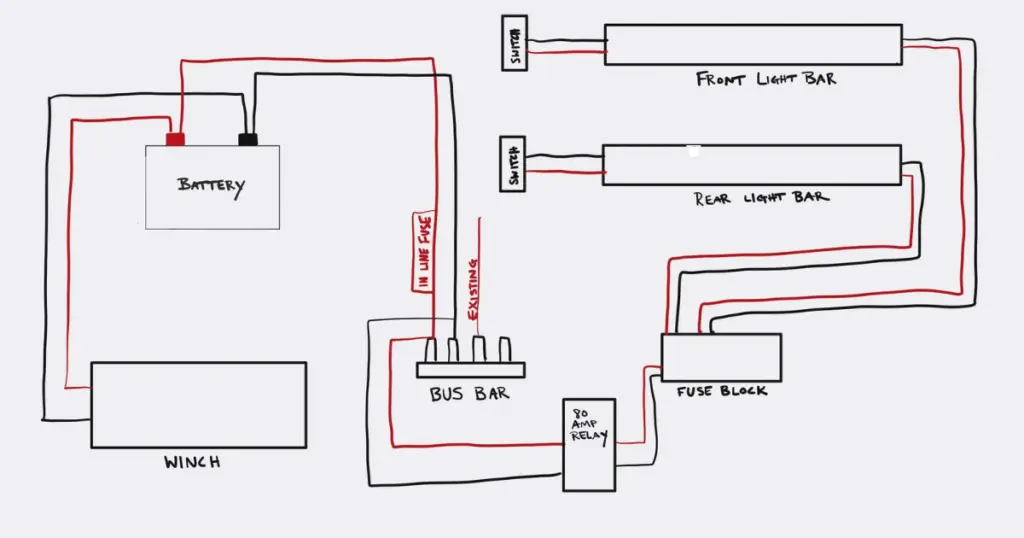
Electrical problems can be perplexing, largely because they’re often not straightforward to diagnose. The Polaris Ranger 570 is not immune to electrical quirks that can manifest in various ways.
Battery Drain or Failure
Ever come back to a dead vehicle after you were sure everything was turned off? Battery drain or failure could be due to parasitic draws or simply a battery reaching the end of its life. Regular testing can help catch a failing battery before it leaves you stranded.
In worst case scenarios, it’s possible for the voltage regulator to stop charging the battery which will lead to a dead battery over time. Best case scenario, something like loose battery terminals can slowly drain the battery over time. Always start with the simple stuff and make sure the battery terminals are tight before moving to other diagnostics.
Malfunctioning Sensors and Indicators
Your Ranger 570 relies on a multitude of sensors to operate correctly. If you notice erratic behavior from your vehicle or if warning lights are activated for no apparent reason, it might be time to check these sensors. Faulty sensors can give incorrect readings, leading to decreased performance or unnecessary alerts.
Issues with the Electronic Control Unit (ECU)
The ECU is the brain of your Ranger 570, and any issues here can cause significant problems elsewhere. Symptoms might include random check engine lights, poor running conditions, or even a no-start situation. An ECU issue can be challenging to pin down and often requires professional diagnosis.
Lighting System Faults
Lighting is critical, not just for visibility during night rides but also for signaling intentions to others on the trail. If you’re experiencing intermittent lighting or a complete failure, it might be due to wiring issues, bulb failures, or faults within the lighting system itself.
Wiring Problems Leading to Shorts or Disconnects
On off-road vehicles, wiring is susceptible to all sorts of damage from the elements and rough terrain. Shorts or disconnects in your electrical system can cause all manner of unpredictable electrical behavior. Regular inspections can help you spot and fix damaged wiring before it causes more significant malfunctions.
You might need this: Full Guide To Identifying Polaris Ranger Check Engine Codes
Suspension and Handling Issues
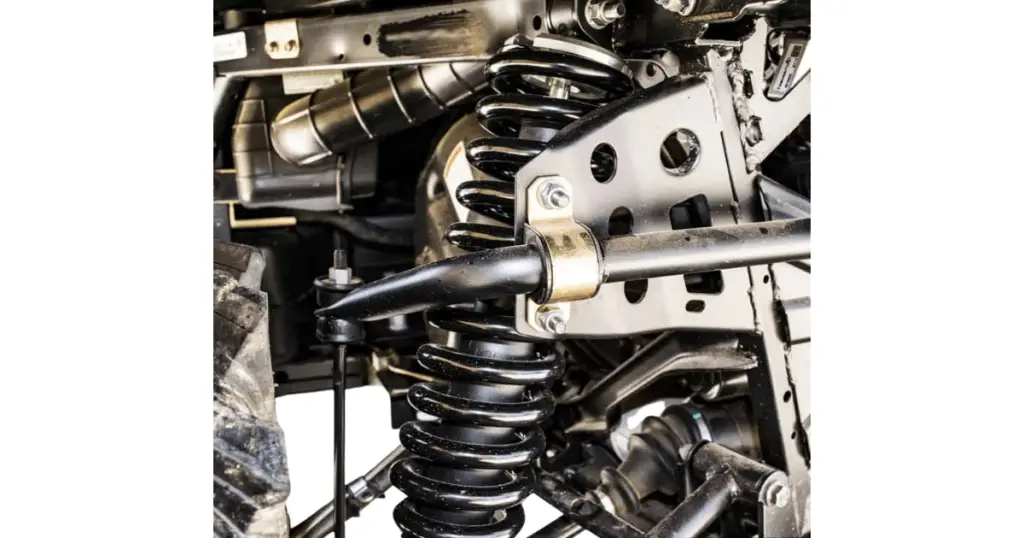
You rely on your Polaris Ranger 570’s suspension and handling to tackle rough terrain smoothly. But what happens when your ride starts feeling a bit off?
Worn Out Shocks and Struts
Shocks and struts are essential for a smooth ride and precise handling. If you start noticing that your Ranger 570 is bouncing more than usual or handling poorly, it might be time to check your suspension components for wear.
Uneven Tire Wear and Alignment Problems
Uneven tire wear points toward alignment problems, which can be caused by worn suspension parts or hitting a big obstacle. Poor alignment not only wears tires out faster but can also lead to less stable handling. Regular alignment checks are crucial, especially if you’ve been riding hard or navigated particularly nasty terrain.
Bushing and Ball Joint Failures
Bushing and ball joint failures result in a less precise steering response and can even lead to clunks and knocks when you’re traversing uneven ground. These are parts that endure a lot of stress, particularly on a vehicle like the Ranger 570, so keeping an eye on them is wise.
Steering Wheel Play or Unresponsiveness
If the steering wheel becomes loose or unresponsive, you may have steering linkage problems. Whether it’s due to worn tie rods, a failing steering rack, or power steering issues, make sure to diagnose and address them to keep your vehicle safe and responsive.
It’s worth noting that the Ranger 570 is prone to blowing the power steering fuse. This is a common reason for losing power steering, but can easily be fixed.
Excessive Noise During Suspension Articulation
Suspension shouldn’t be noisy. If you’re hearing creaks and groans as your suspension works, there might be dry or worn components at play. Lubrication can help, but sometimes replacement parts are needed to silence those moans and keep your ride smooth and reliable.
Braking System Defects
Braking is non-negotiable when it comes to safety and control. It’s okay to push your Polaris Ranger 570 to the limits, but always make sure your brakes are up to the challenge.
Ineffective Brake Response
If your Ranger 570’s brakes feel spongy or less effective, this could be caused by air in the brake lines, worn brake pads, or an issue with other components. Regular brake maintenance is necessary to ensure your safety and the proper functioning of the braking system.
Premature Brake Wear or Squeaking
Hear a squeaking or grinding noise every time you hit the brakes, or find you’re replacing worn brake pads more often than seems reasonable? This could be a sign of various issues, including incorrectly installed components or the use of low-quality parts.
Brake Fluid Leaks
Brake fluid is essential for transmitting force into pressure to slow your vehicle down. If you notice a leak or the brake fluid level dropping, it could lead to a total brake failure if not addressed promptly.
ABS System Errors
An anti-lock braking system (ABS) is designed to prevent wheel lock and maintain traction. If your Ranger 570 starts throwing ABS error codes or the ABS warning light comes on, it’s time to get the system checked out before you find yourself in a slick situation where you need it.
Parking Brake Malfunction
A parking brake that will function properly is crucial, especially if your Ranger is parked on an incline. Problems with the parking brake can lead to rolling accidents, so ensure this component is functioning correctly during your routine checks.
Fuel System Shortcomings
The fuel system is the heart of your Polaris Ranger 570’s engine operation. When something’s not right here, it can affect everything else.
Fuel Pump Problems
A failed fuel pump results in a heart that can’t pump the vital fuel to the engine, resulting in starting issues or engine stuttering. Keep your ears open for unusual whining from the gas tank – it could be a sign of distress.
Clogged Fuel Injectors
Fuel injectors can become clogged with dirt and debris, limiting the amount of fuel that gets to the engine. Cleaning or replacing clogged injectors is key to maintaining optimal engine performance.
Fuel Leaks and Smells
Smelling fuel when you shouldn’t be can indicate a leak, which is not only a performance issue but a serious safety concern. Identifying and addressing these leaks is a top priority – for you and for the vehicle.
Erratic Fuel Gauge Readings
If your fuel gauge is bouncing around or providing inaccurate readings, it might indicate a problem with the fuel sensor or the gauge itself. Consistent readings are essential for managing your trips without unexpected empty tanks. In some cases, a worn out fuel line can compromise the flow of fuel throughout the engine, which can create these erratic gauge readings.
Difficulties With Ethanol Blended Fuels
Some fuels blended with ethanol can be problematic, potentially leading to corrosion or moisture accumulation in the fuel system. Be mindful of the type of fuel you use and consider additives designed to protect against these issues.
Cooling System Problems
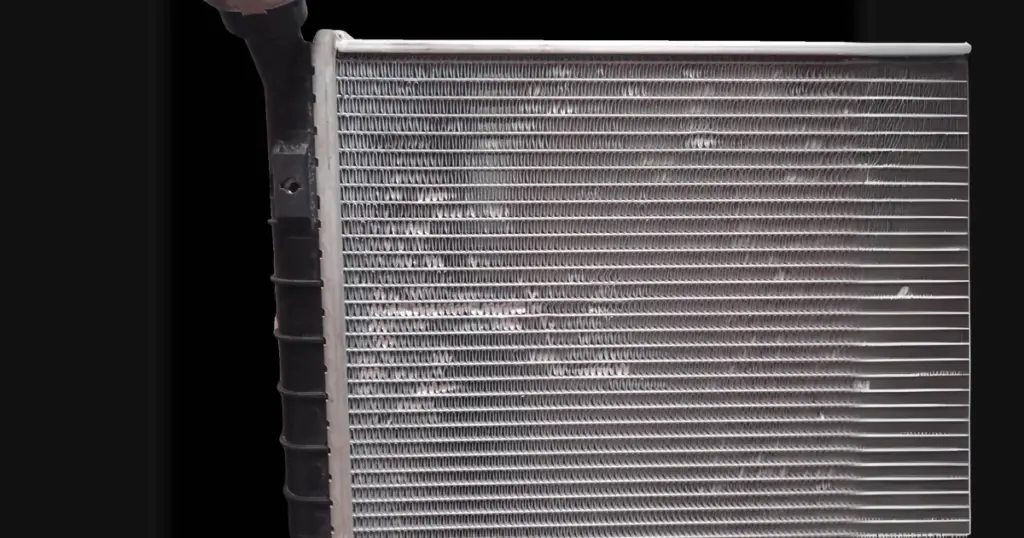
The coolant system has the crucial job of keeping your engine temperature at the right levels to prevent overheating problems and other performance issues.
Radiator Leaks or Blockages
Leaks or blockages in the radiator will prevent optimal cooling. Regular checks can help you spot the tell-tale signs of coolant below the vehicle or overheating that indicates a compromised radiator. If you suspect the radiator is the issue, I suggest checking the radiator cap as well because the seals around the lid can become compromised over time.
Faulty Water Pump
The water pump is responsible for circulating coolant throughout the engine. A failure here can quickly lead to overheating. Listening for a whining sound from the pump can lead you to the problem before it leads to disaster.
Thermostat Failures
Thermostats regulate coolant flow based on temperature, and if you have a faulty thermostat, or if it is stuck or malfunctioning temporarily, it can cause overheating or overcooling. Both scenarios are bad news for engine performance.
Coolant Loss and Overheating
Losing coolant without visible signs of leaks? It could be evaporating due to high engine temperatures or leaking internally. Remember, an overheated engine is a sidelined engine, so keep an eye on that temperature gauge and coolant levels. Many times, a clogged radiator can be the culprit here as the lack of cooling can create a higher internal temperature.
Degradation of Hoses and Clamps
Hoses and their clamps can suffer from wear and tear over time, leading to leaks or bursts. Typically heat shields are utilized to reduce the chance of this from happening, but heat will naturally wear all things over time. Regular inspections will help you catch compromised components before they become a bigger issue.
Body and Frame Issues
The body and frame of your Polaris Ranger 570 are what give it its shape and sturdiness. They are also what face the elements head-on.
Rust and Corrosion of the Frame or Components
Rust and corrosion can weaken the structural integrity of your vehicle. If you’re using it in harsh conditions, it’s important to clean and inspect the frame periodically to keep corrosion at bay.
Cracked or Damaged Plastic Panels
Plastic panels can crack or get damaged, especially on rough terrain. Keeping these fixed not only maintains the appearance of your Ranger but also its resale value. Plus, it’s a pretty straightforward fix in most cases.
Seat Wear or Degradation
Seats can wear down over time, becoming uncomfortable and less supportive. Reupholstering or replacing worn seats can make your ride much more enjoyable.
Windshield and Sealing Problems
A damaged or dirty windshield can impair visibility, while poor sealing can allow the elements into your cab. Both are issues you want to address sooner rather than later for comfort and safety.
Door Latch and Hinge Failures
Faulty door latches or hinges can turn into a bigger problem if overlooked. Imagine a door that won’t close properly when you’re out in the middle of nowhere. Regular maintenance can preempt these annoyances.
With all of this in mind, I’ll ask you the next question I think you should consider: How many miles will a Polaris Ranger last?
Exhaust System Complications
The exhaust system keeps your Polaris Ranger 570 running cleanly and quietly. Any complications here can’t be ignored.
Cracked or Broken Exhaust Manifold
A cracked or broken exhaust manifold can lead to performance issues and potentially dangerous exhaust leaks. If you hear excessive noise or smell exhaust fumes, it’s time to investigate.
Muffler Rust or Holes
Muffler issues usually present as louder-than-normal operation. Rust or holes in the muffler can also affect back pressure and, consequently, your engine performance.
Exhaust Leaks Affecting Performance
Exhaust leaks can reduce power and fuel efficiency. Plus, they can allow harmful carbon monoxide to seep into places it shouldn’t. Fix leaks as soon as they’re detected for your safety and your Ranger’s performance.
Emission Control Issues
From the catalytic converter to oxygen sensors, emission control issues can lead to failed inspections and reduced performance. Keep an eye on your check engine light and take any emission-related alerts seriously.
Excessive Exhaust Noise or Smoke
Overly noisy exhaust or excessive smoke is a clear indicator that the system isn’t functioning correctly. It could be as simple as a hole in the exhaust or as complex as engine-related issues causing oil or coolant burns.
See it all summed up: Worst Polaris Ranger Years to Avoid (+The Best)
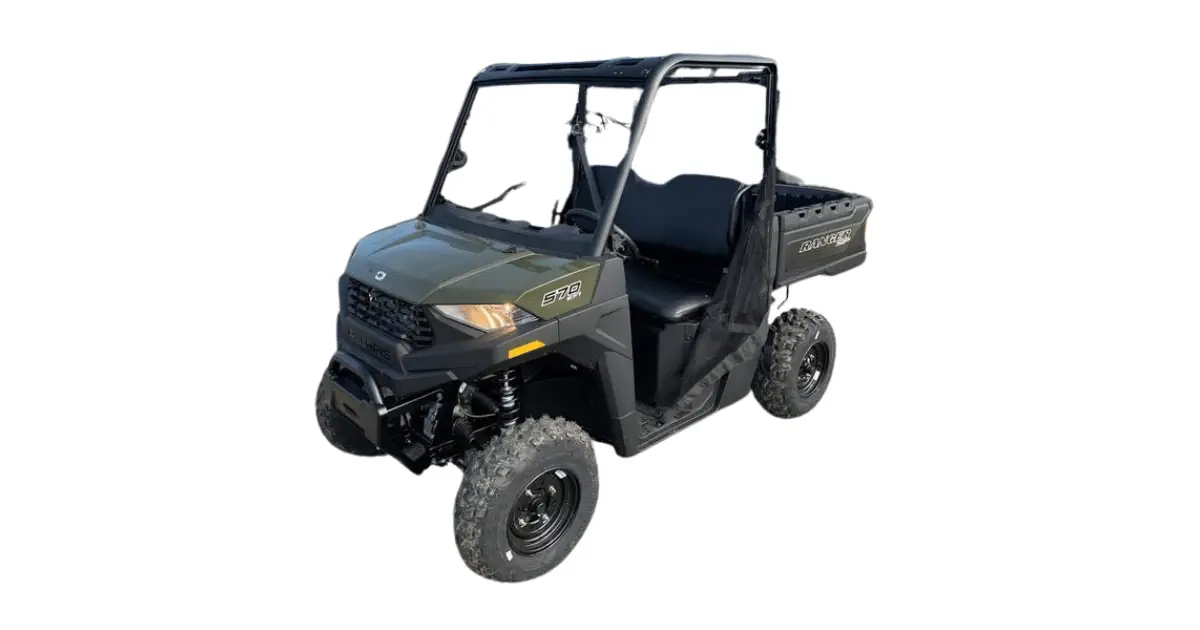
Leave a Reply